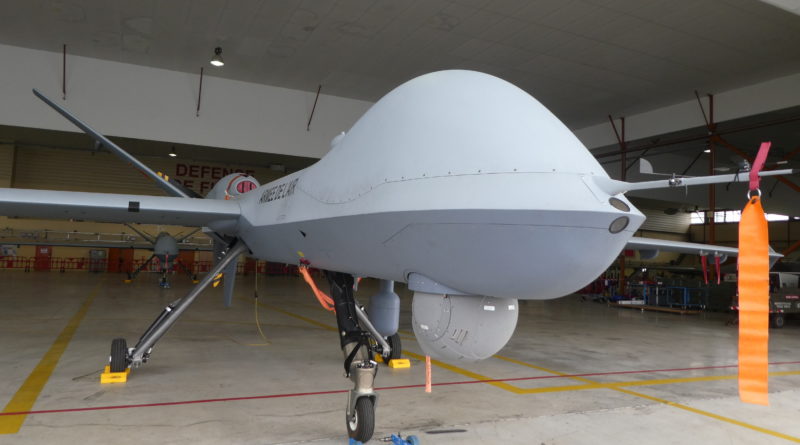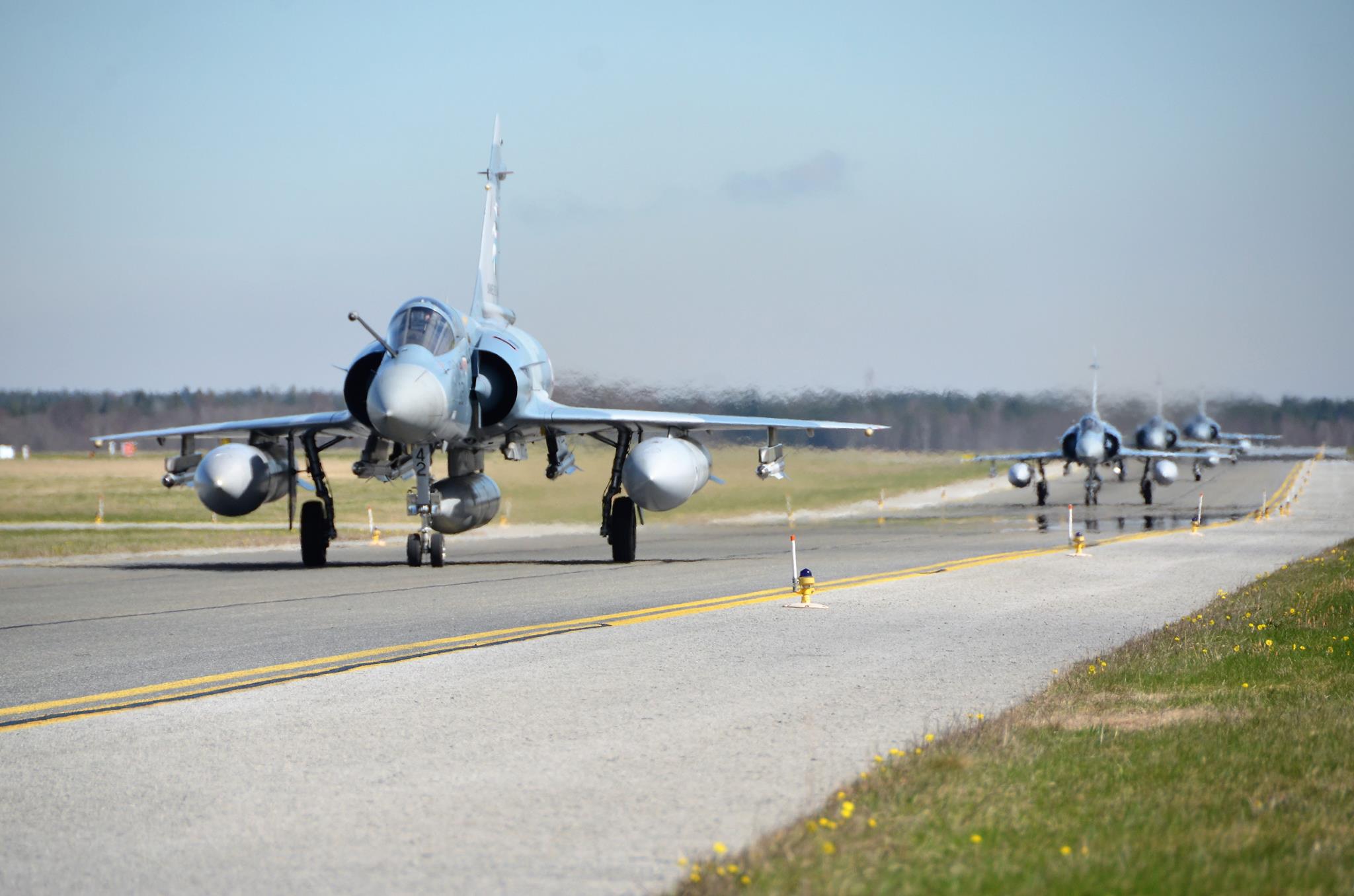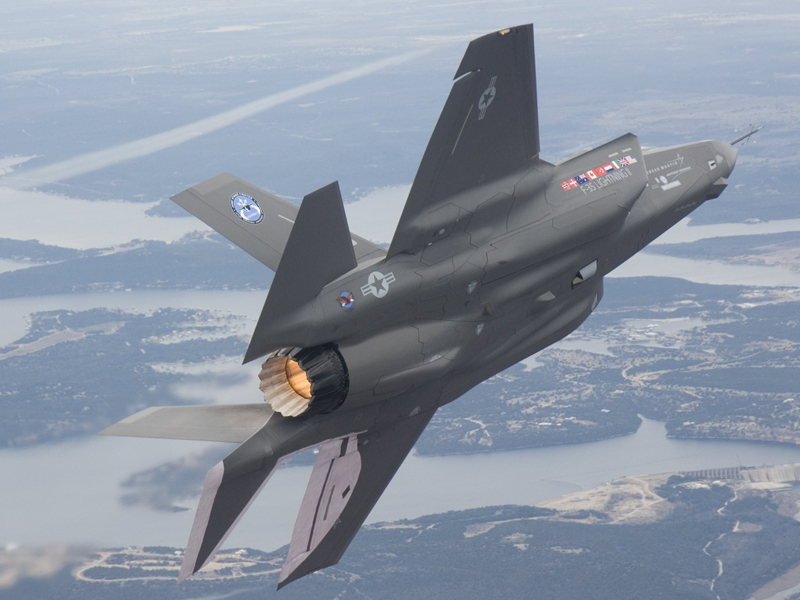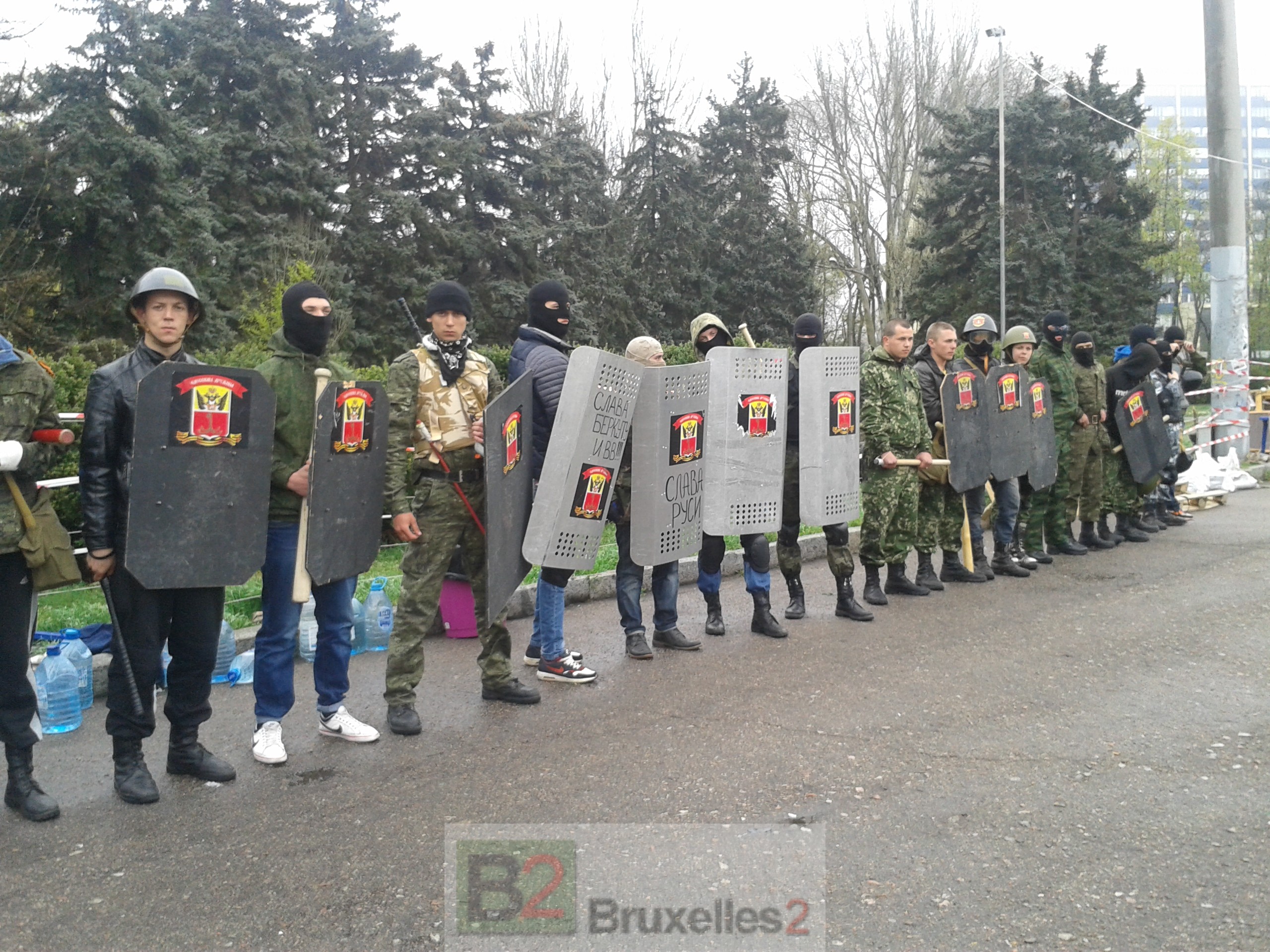BA709, the reference base for drone pilots
(B2, in Cognac) Future home ground for the Eurodrone, the Cognac-Châteaubernard air base already houses the Reapers, some of which are used in the Sahelo-Saharan strip (BSS)
In the heart of the Charente vineyards, in the south-west of France, Air Base 709 covers just over 450 hectares. It is a growing base. A training platform for fighter pilots in full modernization. Nearly 1500 staff meet there. The largest employer in the agglomeration, after Hennessy, the famous distillery. On the base, there are old buildings, including the one housing the mess, barracks and hangars where the Pilatus PC 21 (almost) are parked brand new fighter pilot training. In addition to the School of Fighter Aviation, the base has become that of the 33rd Surveillance, Reconnaissance and Attack Squadron (known as the 33rd ESRA), responsible for the implementation of MALE drones (medium altitude and long distance ) assigned to the Air and Space Force.
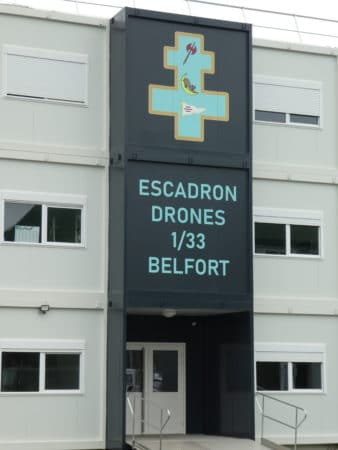
Like in the cinema, or almost...
In retreat, overprotected, containers form a base within the base. This is where the Reaper drone crews operate. " The strength of the Reaper is its persistence, its real-time ability, its stealth explains Lieutenant-Colonel Samuel, of the 33rd Surveillance, Reconnaissance and Attack Wing. Discretion is also required in these containers where the crews take turns. But not the noise of the blower, heady. The crew can no longer hear him, under their helmets. Everything is thought out for their optimal concentration. Up to the curtain to protect from daylight when changing over. A Reaper crew consists of four people. Two in the pilot cockpit (on the left the pilot, on the right the sensor) and two in the intelligence cockpit. Two separate cockpits. But the four crew members communicate constantly. Each faces a myriad of screens, keyboards, boards and controls.
Full crews
In the piloting cockpit, the pilot is in charge of positioning, 3D coordination, firing. The sensor takes care of the guidance of armament, of the optical ball. Flying from 5 to 10 km altitude, the Reaper squares to the millimeter. In intelligence, the image operator analyzes the video in real time, he dresses the images (by reworking them with the analyzed elements). The tactical coordinator makes the maneuver, manages the interface with the command center. It is " the conductor of the mission. According to the missions, the center of gravity will be more or less placed on intelligence or piloting explains Lieutenant-Colonel Samuel.
Full-fledged new pilots
A drone pilot, he is a pilot and not a half pilot insists Colonel Nicolas Liautey. He's been the base commander for nearly a year, and an experienced fighter pilot. The initial training on the plane imposes " have a sense of air ". Because he pilots remotely, he has to fit into traffic, communicate with air traffic control organizations, know how to manage breakdowns, etc. The difference is that the Reaper pilot experiences fewer physiological stresses. His body does not undergo the accelerations of flight. " He does not cash the 9G of a Rafale pilot who turns around “, gives as an example a pilot.
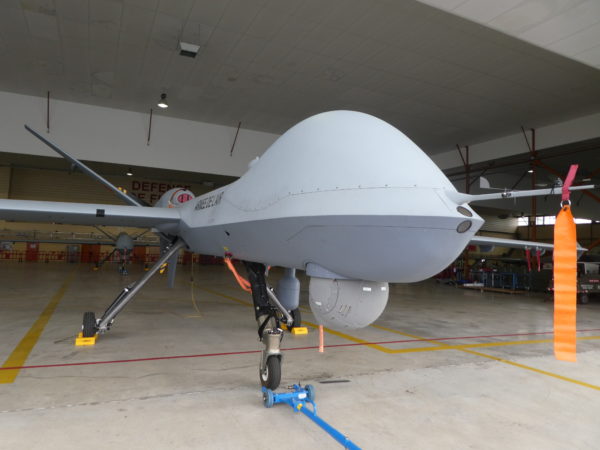
The particularity of Reaper is that the spectrum of missions is wide: intelligence, ground troop support, etc. This justifies that the first pilots were recruited among fighter pilots. Recruitment is now expanding to transport and helicopter pilots. What is certain is that we still need to recruit. Because when a drone leaves for 24 hours, it is crews who must take turns. On average, 15 crews are needed for a H24 orbit. An officer assures him, young recruits are not necessarily more geeky " that others. " The richness of the 33rd squadron of Cognac is precisely that it has profiles from different backgrounds »
From Cognac to Barkhane
Colonel Liautey likes to compare the 33rd Wing to a " start-up "," because we have a lot of experience but no business model on drones yet ". The " real drone fuel "," it's human resources summarizes the commander. The " challenges is to train crews while providing operational support in the Sahelo-Saharan strip (BSS). The Cognac-Châteaubernard base is the parent company of two BK1 systems and two BK5 systems (delivered in 2020). In all, there are twelve drones, but only six are in Cognac. Six others have already left for BSS (1). In two years, " it was necessary to learn by walking in parallel with a sustained commitment (in the Sahel). The first operational capability for the BK5 in BSS dates from May. Full capability is expected by 2022. Until then, teams will still be experimenting with lasers, laser-guided munitions, and more.
His Majesty the MALE
With its wingspan of 20 meters, the Reaper is currently the largest drone. Unlike the smallest in use in the army, 20 cm. We see him from afar in his shed. Like a big glider. This allows it to be lighter, and to have a longer autonomy (nearly 24 hours). On the other hand, it flies slower than an airplane. Here, he comes out almost every day. For training exercises in 99% of cases. About ten pilots train there every year.
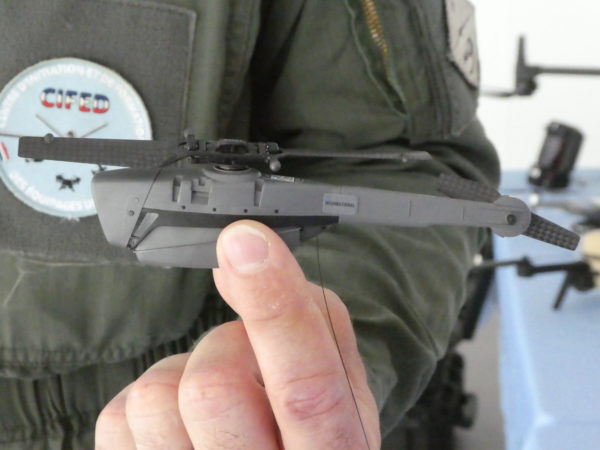
In the long term (2026), Cognac's infrastructure will still have to adapt, to be ready to accommodate the MALE eurodrone and its additional seven meters in width. The base will welcome the first from 2028. The base commander has no doubts about it. By 2030, the Military Programming Act has programmed a total of eight MALE drone systems.
(Emmanuelle Stoesser)
report produced on the Cognac base in June 2021
- The Reapers have been armed since December 2019.
